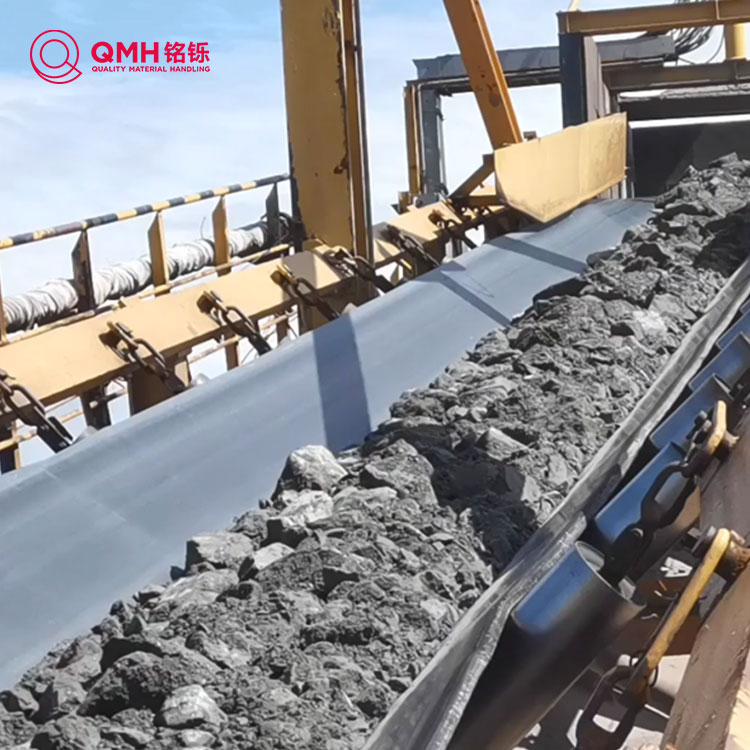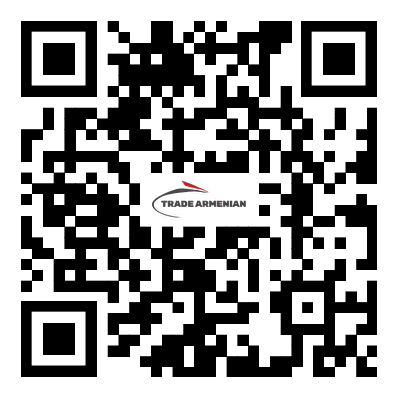What Are Conveyor Belts and Why Are They Essential in Industry?
2025-07-24
Conveyor belts are continuous moving strips of material used to transport goods and materials from one point to another efficiently. Widely applied across industries, conveyor belts enhance productivity, reduce manual labor, and streamline material handling processes.

Types of Conveyor Belts
1. Flat Conveyor Belts
Made from rubber, PVC, or fabric materials.
Used for general-purpose transportation of items.
2. Modular Conveyor Belts
Constructed from interlocking plastic segments.
Suitable for food processing and other hygienic environments.
3. Timing Conveyor Belts
Feature teeth to synchronize movement precisely.
Common in automotive and packaging industries.
4. Steel Conveyor Belts
Durable metal belts for heavy-duty and high-temperature applications.
5. Cleated Conveyor Belts
Equipped with vertical cleats to transport loose or inclined materials.
Materials Used
Rubber
PVC (Polyvinyl Chloride)
PU (Polyurethane)
Fabric-reinforced composites
Metal (stainless steel or carbon steel)
Key Benefits of Conveyor Belts
Improved Efficiency: Enables continuous material flow, reducing time and labor.
Versatility: Suitable for transporting a wide variety of materials, including bulk goods, packages, and components.
Customization: Available in various lengths, widths, and configurations to meet specific needs.
Safety: Reduces manual lifting, minimizing workplace injuries.
Cost-Effective: Low maintenance and energy-efficient operation.
Common Applications
Manufacturing and assembly lines
Food processing and packaging
Mining and quarrying
Airports (baggage handling)
Warehousing and distribution centers
Conclusion
Conveyor belts play a vital role in modern industrial and commercial operations by automating material transport, increasing productivity, and ensuring safety. Choosing the right type and material of conveyor belt tailored to your specific application is crucial for optimal performance and longevity.


